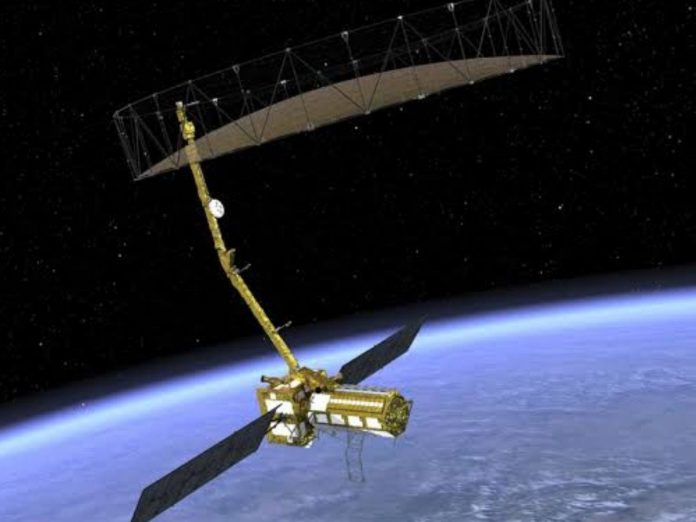According to a top official of the space agency, The Indian Space Research Organisation (ISRO) is now concentrating on the possibility of creating a next-generation astronomy satellite. This mission will be considered ISRO’s first mission which is fully dedicated to the many purposes of astronomy. The satellite, AstroSat, was launched on September 28, 2015, along with a design life of five years. And amazingly, It is still functional.
According to A S Kiran Kumar, who was the then Chairman of ISRO, said, “It (AstroSat) is expected to last some more years.” AS Kiran Kumar is currently serving as the chair of the top science committee at the space agency, according to the reports of the news agency Press Trust of India. Kiran further said, “We can expect some more results to come which will be path-breaking”. And when Kiran was asked about whether there is any possibility or plan of ISRO to launch AstroSat-2, he said, “Not AstroSat-2. Next-generation…thinking is going on…depending on how planning happens…follow-on to this (AstroSat) in a different manner are being looked at”.
According to the officials of ISRO, data which is received from AstroSat proves to be really helpful and is also widely utilized for the study and details of various fields of astronomy, such as galactic to inter-galactic, and the data provided by AstroSat is actually used by many users from all over the world, who are interested to study astronomy. The data and information which are all provided by the satellite were proved very helpful for everyone out there, and with this, ISRO also takes their next step to make a next-generation astronomy satellite to provide more detailed information related to astronomy.
Functions of AstroSat:
AstroSat is a multi-wavelength space observatory and this satellite is fully created and designed in such a way, that it can easily observe celestial bodies, for example, distant stars with the help of optical, ultraviolet, low and high-energy X-ray components of the electromagnetic spectrum. Talking about the data, the useful data provided by AstroSat is very helpful and widely used for studying different fields of astronomy, even from galactic to extra-galactic.
About the discoveries, AstroSat had earlier detected an extreme-UV light, which was emitted from one of the farthest star galaxies, which is also known as AUDFs01. This star galaxy is 9.3 billion light-years away from Earth. This great discovery was made by a whole international team of astronomers, which was successfully led by Dr. Kanak Saha. This happened at the Inter-University Centre for Astronomy and Astrophysics (IUCAA), Pune, and reported in ‘Nature Astronomy’. This great international team includes scientists from many countries such as India, Switzerland, the USA, France, the Netherlands, and Japan. At first, this discovery was made at Pune, and then it was reported in ‘Nature Astronomy’.
And it’s the very first-time AstroSat has also detected rapid variability of high energy (particularly >20keV) X-ray emission even from a black hole system.
Payloads of AstroSat
AstroSat has been fully equipped with scientific payloads which include six main instruments such as sky monitors, ultraviolet telescopes and X-rays, and a special imager. The six key instruments of the satellite have been developed by ISRO, in collaboration with the help of the Inter-University Centre for Astronomy and Astrophysics (IUCAA), and the Tata Institute of Fundamental Research (TIFR).
Talking about the six instruments, the key instruments are Charged Particle Monitor (CPM), Cadmium Zinc Telluride Imager (CZTI), Scanning Sky Monitor (SSM), LAXPC Instrument, UltraViolet Imaging Telescope (UVIT), and Soft X-ray imaging Telescope (SXT).
Orbit, Mission Life of AstroSat
AstroSat has been successfully placed in Low-Earth Equatorial Orbit along with an altitude of 650 km. In addition to this, the mission life of AstroSat has been designed for around five years.


